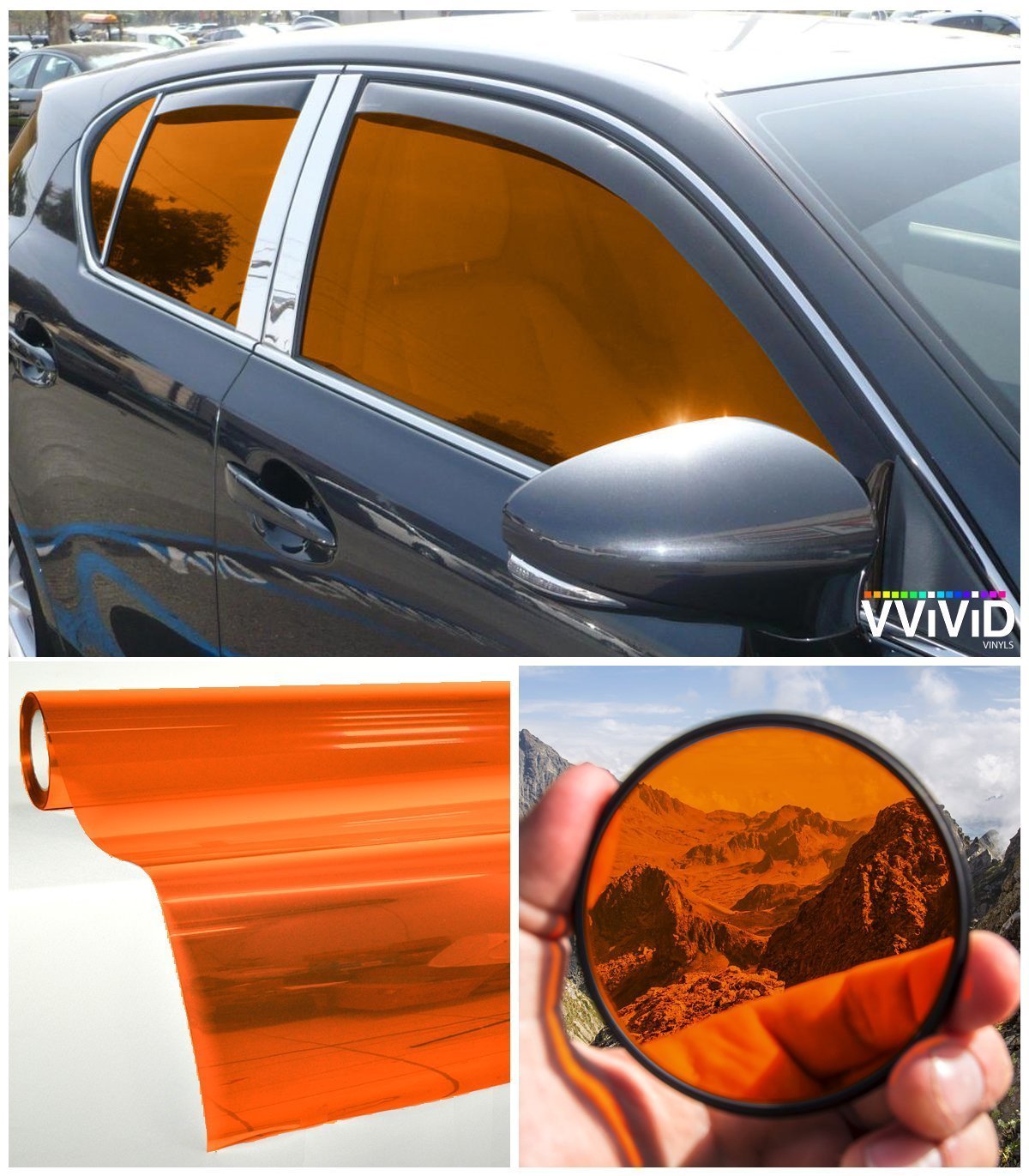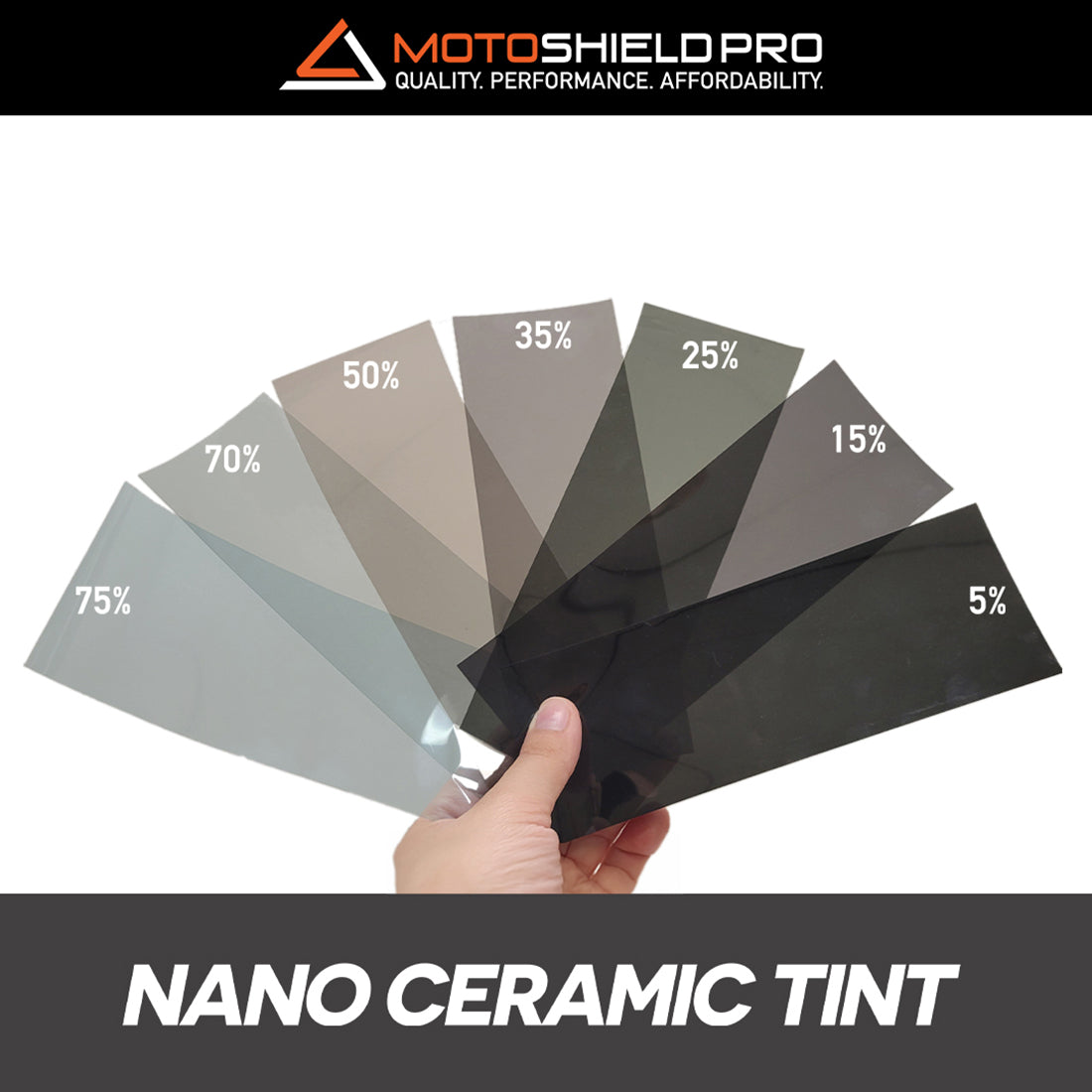Leading Reasons to Pick Expert Auto Window Tinting Providers
Leading Reasons to Pick Expert Auto Window Tinting Providers
Blog Article
Window Tinting Regulations and Standards: What You Required to Know Prior To Tinting Your Cars And Truck
Before proceeding with home window tinting for your vehicle, it is essential to familiarize on your own with the varied legislations and guidelines that regulate this method across different states. These regulations dictate the acceptable levels of color darkness, typically determined by visible light transmission (VLT) percentages, and include particular specifications for front windscreens intended at making certain roadway safety and security.
Overview of Home Window Tinting Rules
Home window tinting regulations are frequently subject to variant throughout various territories, showing neighborhood regulations and safety considerations. These legislations dictate the permissible levels of color darkness and reflectiveness on automobile windows, making sure that vehicle drivers keep appropriate exposure while additionally safeguarding versus harmful UV rays and warmth.
The majority of laws classify window tinting based on the Visible Light Transmission (VLT) portion, which suggests the quantity of light that can go through the home window. Generally, reduced VLT percents symbolize darker tints. Regulations often differentiate in between the front, side, and rear windows, with more stringent limitations related to the front windscreen to improve security for both the driver and various other roadway users.
In addition, some jurisdictions enforce limitations on the reflectivity of the tint, protecting against too much glow that can impair visibility. Exceptions to these regulations may exist for individuals with certain clinical conditions requiring extra sunlight protection. Conformity with home window tinting guidelines is crucial, as infractions can cause fines, required elimination of the color, and possible increases in insurance coverage costs. It is necessary for vehicle owners to familiarize themselves with neighborhood legislations before continuing with window tinting setups.
State-by-State Tint Rules
Understanding the details window tinting guidelines in each state is essential for automobile proprietors seeking to adhere to the regulation. Each state in the united state has established its own set of guidelines regulating home window tinting, which can vary substantially. These laws frequently determine the allowed levels of color darkness, the kinds of windows that can be tinted, and any clinical exceptions that might use.
For example, states like The golden state have strict restrictions on tint darkness for front windows, while others, such as New Mexico, may enable darker colors. Furthermore, certain states mandate specific exposure percentages for various windows, consisting of the windshield, front side home windows, and back windows. It is important for car owners to acquaint themselves with their state's laws to avoid prospective penalties or fines.
Additionally, some states might call for a qualification sticker to be put on colored home windows, showing compliance with state legislations. Failing to stick to these policies not only risks lawful consequences but can likewise affect safety and security and exposure while driving. Lorry proprietors need to carry out comprehensive study or consult neighborhood authorities to make certain full understanding and compliance with state-by-state tint laws.
Allowed Color Kinds and degrees
Many car proprietors might be amazed to learn that permitted tint levels and kinds vary extensively throughout different states. Each state has actually developed its own regulations relating to the permitted darkness and reflectivity of window tint, usually measured by Visible Light Transmission (VLT) percentages. VLT describes the amount of light that can travel through the colored home windows; thus, a reduced percentage indicates a darker tint.

Additionally, the kinds of color materials permitted can vary, with some states prohibiting mirror-like or metallic finishes. It is vital for car owners to acquaint themselves with their state's certain legislations to make certain compliance. Non-compliance can result in penalties, necessary elimination of the tint, or various other legal consequences, making it necessary to understand these policies prior to waging installment.
Medical Exceptions for Tinting
While not all states offer allowances for medical exceptions concerning home window tinting, those that do recognize the requirement for details individuals to improve visibility and comfort as a result of medical problems. Different medical problems, such as lupus, skin cancer, and certain eye problems, can render individuals particularly delicate to sunshine. Subsequently, these people may require darker tints to secure themselves from unsafe UV rays and glare.

It is essential to note that even with a clinical exemption, there may still be restrictions on the degree of tint permitted. Compliance with state regulations makes certain that individuals are both safeguarded and within legal limitations. Those thinking about medical exceptions must call their local Department of Electric motor Automobiles or comparable authority to recognize the treatments and needs essential to make an application for an exemption efficiently.
Fines for Non-Compliance
Failing to abide with window tinting regulations can lead to significant charges, which vary by state. Police are empowered to issue citations for lorries that do not follow the specified tinting laws. These fines typically consist of penalties, which can range from moderate total up to numerous hundred dollars, relying on the seriousness of the offense and the state in concern.
In some territories, repeated offenses might result in More hints rising penalties or additional penalties, such as mandatory court appearances. Furthermore, non-compliance may demand the elimination of prohibited tinting, often at the owner's cost. In severe instances, regular offenders may face suspension of their vehicle enrollment up until conformity is attained.
Furthermore, insurance coverage ramifications may arise from receiving numerous citations for window tint offenses. Insurance providers may view such violations as an indication of riskier habits, potentially resulting in boosted premiums or problem in coverage.
To stay clear of these charges, it is vital for car owners to familiarize themselves with their local home window tinting laws and guarantee that their automobile complies (Window Tinting). This positive technique not just prevents legal ramifications however likewise advertises roadway safety
Conclusion

A lot of regulations classify window tinting based on the Visible Light Transmission (VLT) percent, which suggests the quantity of light that can pass through the home window. Compliance with home window tinting guidelines is critical, as violations can result in fines, obligatory removal of the color, and potential boosts in insurance coverage costs.Understanding the details home window tinting policies in each state is essential for lorry owners looking for to abide with the regulation. These discover here regulations usually dictate the permitted degrees of tint darkness, the types of home windows that can be tinted, and any clinical exemptions that may apply.
For instance, states like California have stringent constraints on tint darkness for front home windows, while others, such as New Mexico, may enable darker colors.
Report this page